A new type of nontoxic fluorescent probe could make it much easier to detect low pH in living cells.
The human body is engaged in a constant tightrope walk to maintain the right pH, because when our cells’ acid-alkaline balance goes wrong, it can go wrong in a big way.
Abnormal pH—in particular, abnormally low, acid pH—is a marker for maladies ranging from cystic fibrosis, stroke and rheumatoid arthritis to cancer and Alzheimer’s. Now, Michigan Technological University chemist Haiying Liu has developed new tools that could make it much easier to detect low pH in living cells. The discovery is the focus of a new study published in ACS Sensors (DOI: abs/10.1021/acssensors.7b00137.)
Measuring Acidity
To measure pH, researchers and medical personnel use fluorescent dyes, called probes, that glow in acidic conditions when activated by fluorescent light. The probes are used for diagnostic imaging—to visualize blood vessels and the digestive tract, for example—and they can help surgeons remove diseased tissue, including tumors. However, these probes are not perfect.
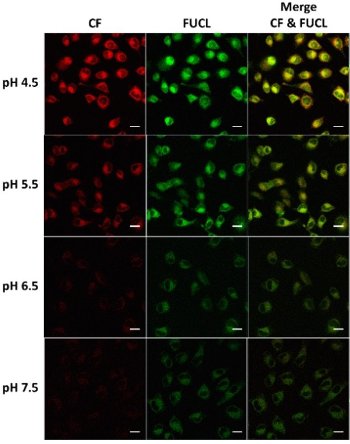
The problems stem from the high-energy light they need to fluoresce. Light at these
wavelengths not only switches on the probe; it can also cause biological structures
to shine like glow sticks. This autoluminescence makes it hard to tell the difference
between the probe and the surrounding tissues. High-energy light can even damage cells
and cause the probe’s initial shine to fade into darkness, a process called photobleaching.
To fix these issues, you would need a probe that works in low-energy, near-infrared
light. So chemistry professor Liu and his team developed two of them.
These probes have a lot going for them. They aren’t subject to photobleaching and autoluminescence. Plus, since near-infrared light can penetrate deep into tissues, they could give scientists and physicians a better look inside the body.
Sweet and Fluorescent
The chemistry of the two probes was inspired by rhodamine, which has been used in
biotech applications for decades. “But the problem with rhodamine is that it can damage
cells,” Liu said. “We needed a probe that was compatible with living tissues.”
So, Liu’s team sweetened its next-generation probes with a simple sugar found in
many fruits: mannose. “We introduced the sugar to make the probes water soluble and
less toxic,” said Liu. “That helps them penetrate cell membranes and makes them much
friendlier.”
Liu’s team designed its probes to emit light in two different ways. First, they fluoresce
in the conventional way when exposed to near-infrared light. In addition, they glow
in the near-infrared spectrum at even lower energies, thanks to a different type of
chemical response called single-photon frequency up-conversion luminescence (FUCL).
Tests under both types of light have been promising, showing that both probes are highly sensitive to pH and very gentle to living cells, even at high concentrations. Though the probes are similar chemically, one is slightly more sensitive to pH in cell cultures.
Next, Liu will study how well they detect low pH in mice, in hopes that the probes can help advance medical science and even save lives.
An article on their work “Luminescent Probes for Sensitive Detection of pH Changes in Live Cells through Two Near-Infrared Luminescence Channels,” was published online June 27 in ACS Sensors.
The coauthors are Liu, research scientist Shuwei Zhang, faculty member Christo Christov and PhD students Jianheng Bi, Fei Xie and Mingxi Fang of Michigan Tech’s Department of Chemistry; Tzu-Ho Chen, Fen-Tair Luo and Hsien-Ming Lee of the Institute of Chemistry, Chemical Biology and Molecular Biophysics in Taiwan; Associate Professor Feng Zhao and PhD students Avik Ghosh and Zichen Qian of Michigan Tech’s Department of Biomedical Engineering; and Jon Ainsley of Northumbria University, U.K.
Michigan Technological University is an R1 public research university founded in 1885 in Houghton, and is home to nearly 7,500 students from more than 60 countries around the world. Consistently ranked among the best universities in the country for return on investment, Michigan's flagship technological university offers more than 185 undergraduate and graduate degree programs in science and technology, engineering, computing, forestry, business, health professions, humanities, mathematics, social sciences, and the arts. The rural campus is situated just miles from Lake Superior in Michigan's Upper Peninsula, offering year-round opportunities for outdoor adventure.
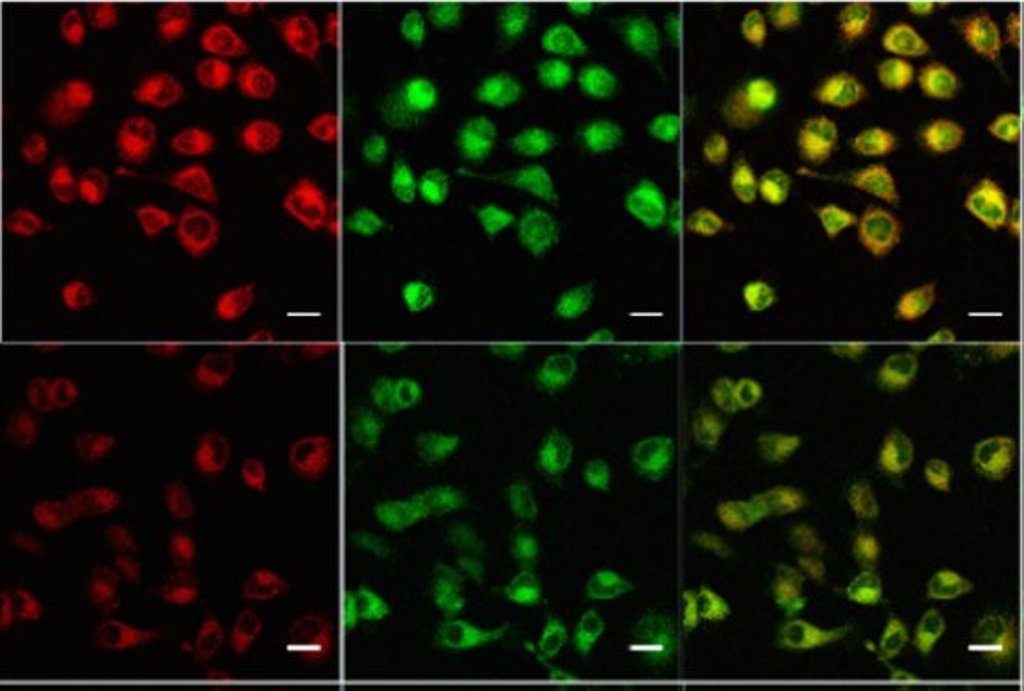

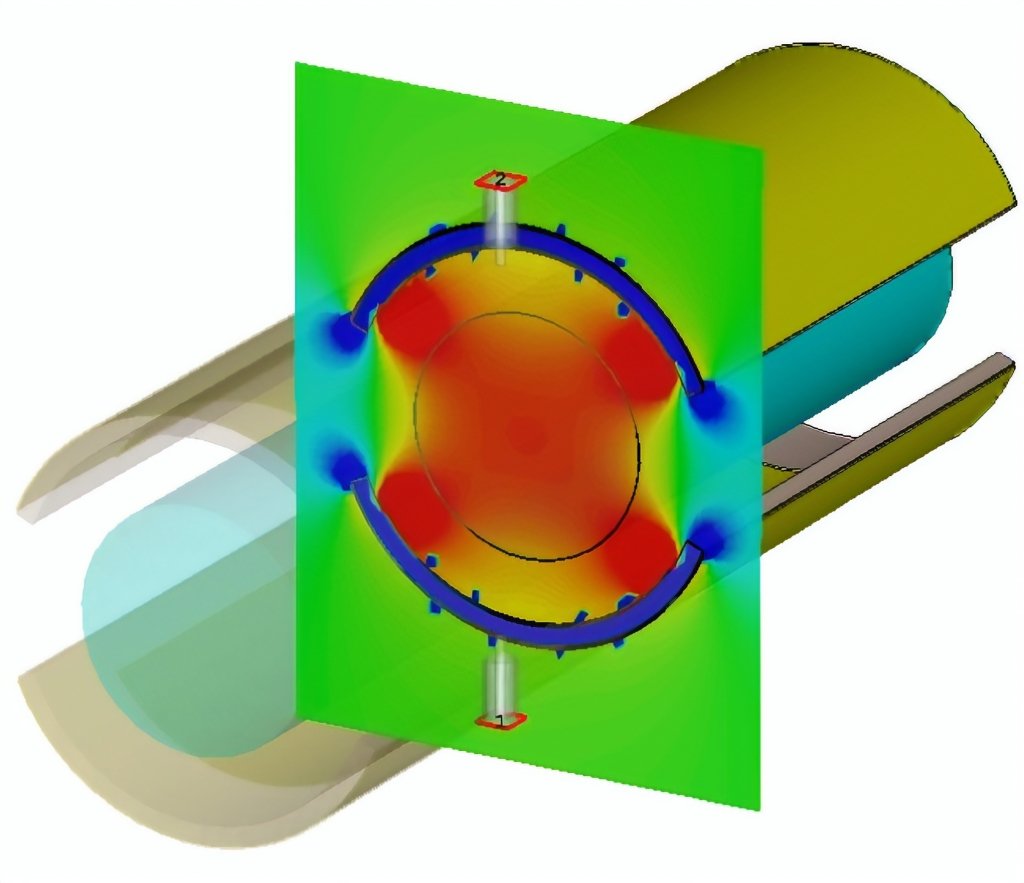
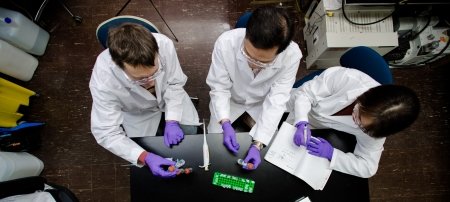
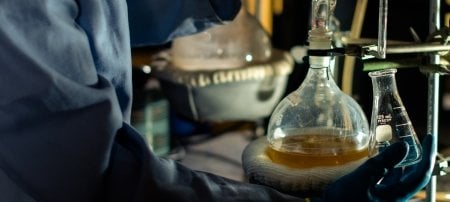
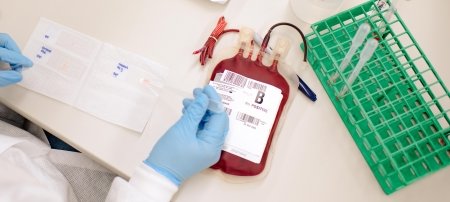
Comments